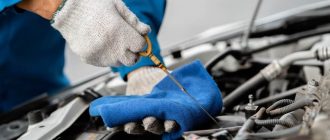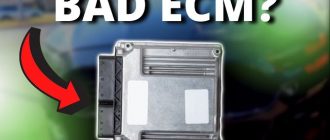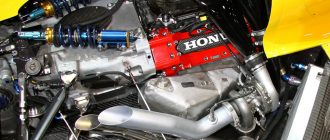How an Car Engine Works
Introduction
An engine is a machine that converts one form of energy into another. In the case of a car engine, the energy that is converted is chemical energy, which is stored in gasoline. The engine converts this chemical energy into mechanical energy, which is used to turn the wheels of the car.
The Four Strokes of an Engine Cycle
The four strokes of an engine cycle are:
- Intake stroke: The piston moves down the cylinder, drawing in a mixture of air and fuel.
- Compression stroke: The piston moves up the cylinder, compressing the air and fuel mixture.
- Power stroke: The spark plug ignites the air and fuel mixture, causing it to burn and expand. This expansion forces the piston down the cylinder, turning the crankshaft.
- Exhaust stroke: The piston moves up the cylinder, pushing the exhaust gases out of the cylinder.
The Major Components of an Engine
The major components of an engine include:
- Cylinder: The cylinder is a metal tube in which the piston moves up and down.
- Piston: The piston is a metal disk that moves up and down the cylinder, compressing the air and fuel mixture and transmitting the power of the explosion to the crankshaft.
- Connecting rod: The connecting rod connects the piston to the crankshaft.
- Crankshaft: The crankshaft is a metal shaft that converts the up-and-down motion of the piston into rotary motion.
- Camshaft: The camshaft is a metal shaft that controls the opening and closing of the valves.
- Valves: The valves control the flow of air and fuel into and out of the cylinder.
- Spark plug: The spark plug ignites the air and fuel mixture in the cylinder.
How an Engine Works
An engine works by converting the chemical energy stored in gasoline into mechanical energy. This is done through the four strokes of the engine cycle.
- Intake stroke: The piston moves down the cylinder, drawing in a mixture of air and fuel.
- Compression stroke: The piston moves up the cylinder, compressing the air and fuel mixture.
- Power stroke: The spark plug ignites the air and fuel mixture, causing it to burn and expand. This expansion forces the piston down the cylinder, turning the crankshaft.
- Exhaust stroke: The piston moves up the cylinder, pushing the exhaust gases out of the cylinder.
The crankshaft converts the up-and-down motion of the piston into rotary motion, which is then used to turn the wheels of the car.
Conclusion
An engine is a complex machine that converts chemical energy into mechanical energy. This mechanical energy is used to turn the wheels of a car, allowing it to move.




